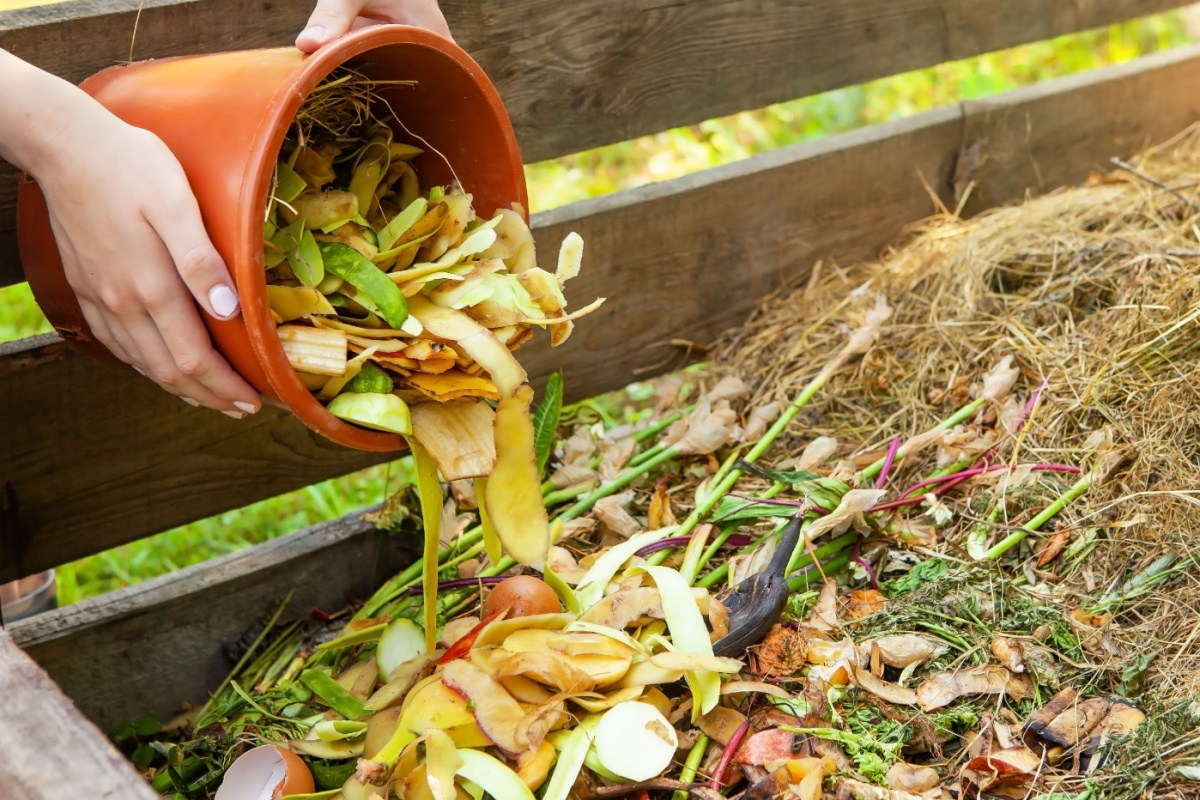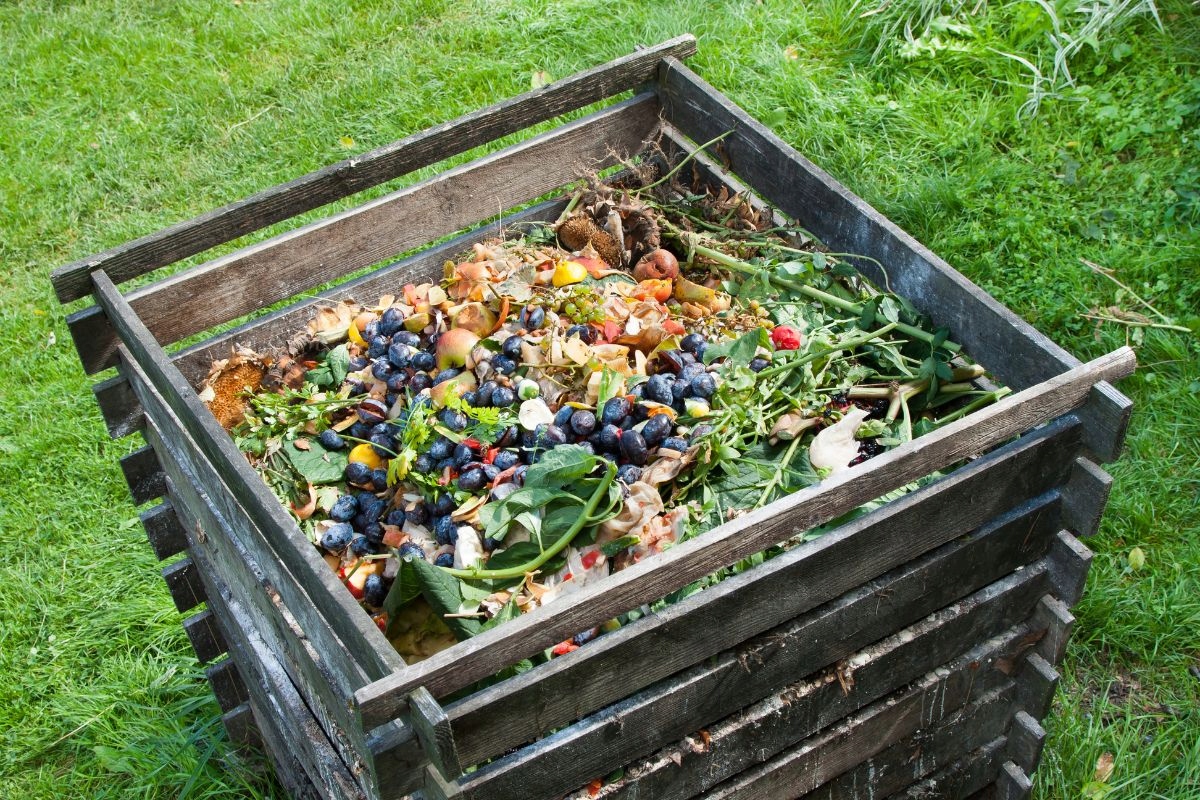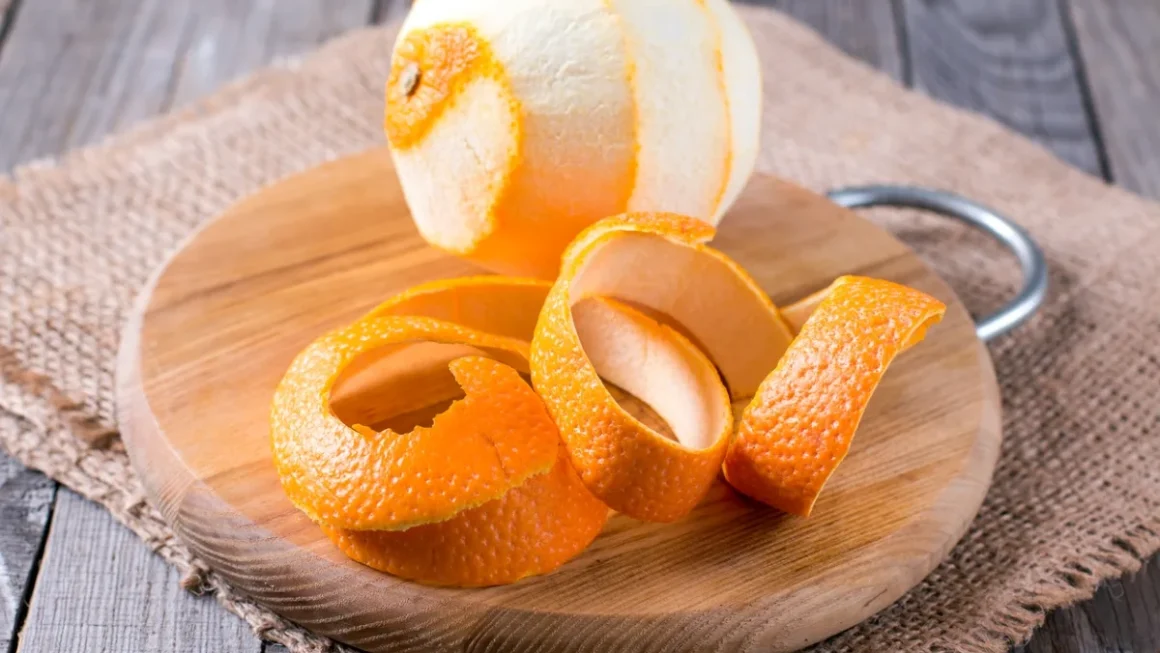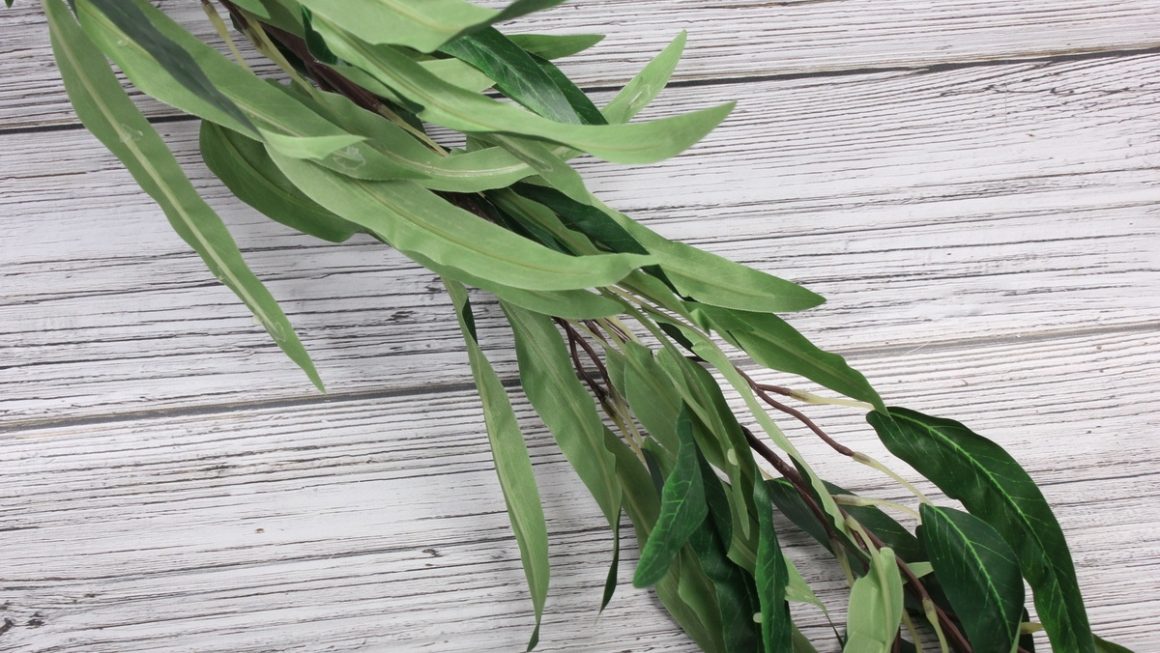What mysteries lie hidden in the compost heap at the bottom of the garden?
Sometimes, we unexpectedly find a real treasure there: young trees grown from seeds destined for the rubbish tip. Simple fruit scraps become vigorous plants, more resistant and resourceful than the pampered seedlings in pots. This phenomenon, both surprising and inspiring, encourages us to take a fresh look at how we manage our vegetable gardens and orchards. Knowing how to take advantage of these unexpected bursts of life becomes the key to a stronger, more economical and more environmentally friendly garden. Here’s how to turn this happy accident into an asset for growing exceptional fruit trees.
When compost becomes an unexpected nursery: the surprise of forgotten stones
Unusual finds among composted waste
Who hasn’t discovered little unknown shoots when turning the compost in autumn? Peach, plum or apricot stones forgotten among the peelings and cores sometimes transform into sturdy young trees. The miracle happens without any intervention, taking advantage of the heat, humidity and microclimate of the composter.
This phenomenon amuses and intrigues many gardeners: how can we explain that plants grown from waste often appear more vigorous than some obtained from garden centres?
Why do some stones turn into sturdy young trees?
Compost is an ideal training ground for seeds and stones. They find warmth and nourishment there and are naturally protected from the cold by the decomposition of organic matter. Subject to the rhythm of the seasons and the variability of the soil, these seeds develop deeper roots and a stronger immune system. The result: young plants that are often more robust than those grown in ‘perfect’ conditions.
October, the magic month to start stratifying seeds
Choosing the right seeds: which fruits will produce the most vigorous plants?
In the middle of autumn, when the harvest is over, is the perfect time to sort fruit stones: peaches, plums, apricots, cherries, etc. We favour local fruit, ideally from robust orchards or the market, as it is often better suited to the regional climate. The healthier and tastier the original fruit, the more likely the stone is to produce a plant that lives up to expectations.
The secret of the cold: how nature prepares the ground for germination
What makes all the difference is stratification. In autumn, the stones buried in the ground are exposed to the natural cold of winter. This period of dormancy awakens the power of germination in spring. Nature has everything planned: exposure to the cold breaks dormancy and protects the seed from adverse weather conditions.
Preparing your seeds for a spectacular awakening in spring
Tips for successful stratification at home (outdoors or in the fridge)
To maximise your chances of success, there are two simple techniques: stratification outdoors or in the refrigerator. The seeds, clean and well dried, are placed in slightly damp sand or peat.
- Outdoors: bury the seeds in a pot, cover it with netting to prevent rodents from digging, and place it in the shade.
- In the fridge: place the seeds mixed with a moist substrate in an airtight box and store it in the coldest part of the refrigerator (3 to 5°C) for three to four months.
Get your pots ready! Planting your seeds to maximise their vitality
After winter, the first signs of germination appear: it’s time to sow the stratified seeds in small individual pots, in light potting soil. The vigorous young shoots prefer a bright location but one that is protected from heavy frosts. Moderate watering and regular monitoring will ensure harmonious growth until planting in the garden.
Hardy young plants: a strong future rootstock for your grafts
Why ‘recycled’ seeds often produce more resistant plants
Young trees grown from ‘recycled’ seeds are notable for their vigour. Selected and hardened from germination onwards, they adapt perfectly to the soil and are more resistant to disease. This results in excellent rootstocks that are robust, resilient and often more tolerant to climatic hazards or drought.
Instructions for replanting and caring for your young trees grown from seeds
In the second year, the young plant can be planted in the ground, in a sunny corner of the vegetable garden or orchard. A generous hole, light staking, mulching to limit watering and protect from the cold: these steps ensure good rooting. Once the plant has reached the right thickness (often from the third year onwards), it is ready for grafting.

Now it’s your turn: grow, graft and enjoy your own home-grown fruit trees
Experiments to try with different species for a variety of pleasures
Apricot, plum and even wild apple seeds offer plenty of scope for experimentation: each variety allows you to diversify your planting and try out different approaches. There’s nothing to stop you mixing species to test which ones are best suited to your garden or balcony. Apple and pear seeds are also suitable for stratification.
The benefits of grafting onto home-grown rootstock: robustness, savings and the pride of having done it all yourself
Grafting your favourite varieties onto home-grown rootstocks means saving money on fruit trees, enjoying better adaptation to the local soil, and experiencing the satisfaction of circular gardening. Nothing is more rewarding than harvesting your own fruit from a tree that grew straight out of last spring’s compost!
Who would have thought that a simple stone carelessly thrown into the compost could hold so much promise for the orchard? With winter stratification, autumn becomes the strategic time to prepare sturdy rootstocks, ready to welcome next spring’s grafts. So this year, why not leave room for the unexpected and turn your organic waste into fruit gems?




